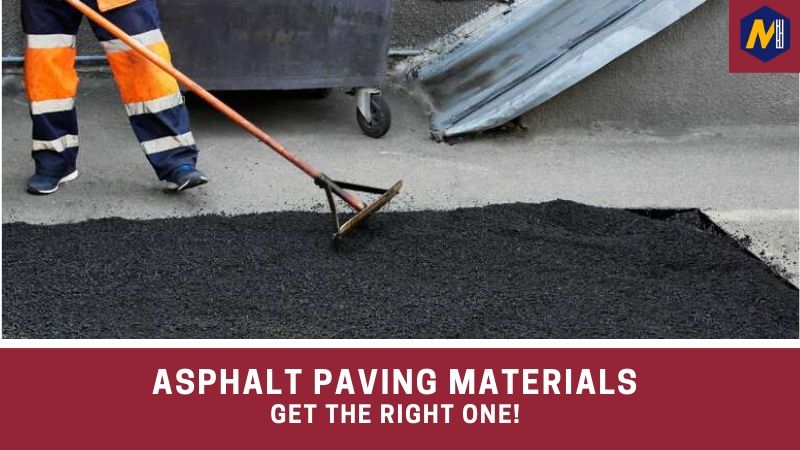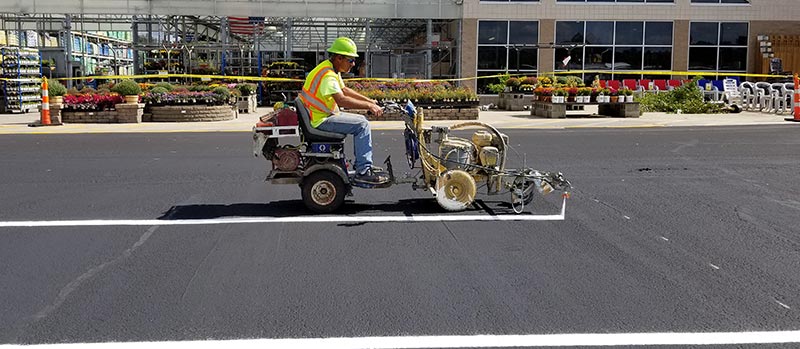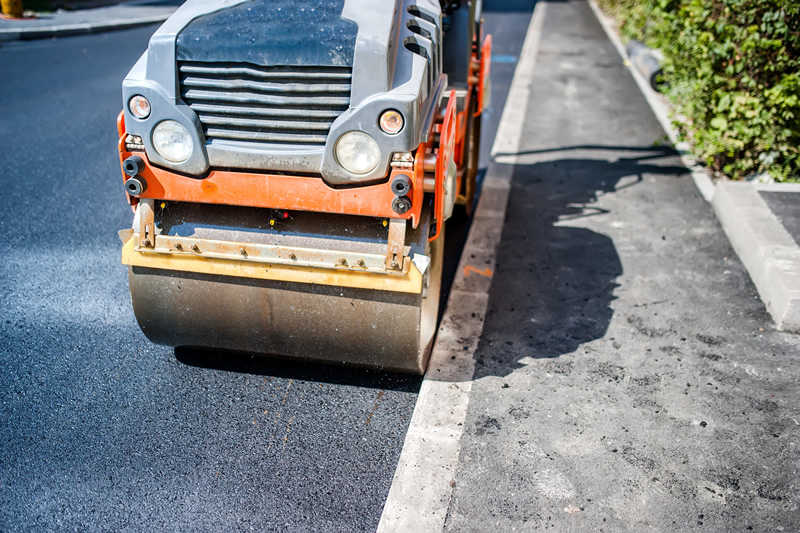More About A1 Professional Asphalt & Sealing Llc
More About A1 Professional Asphalt & Sealing Llc
Blog Article
The Facts About A1 Professional Asphalt & Sealing Llc Revealed
Table of ContentsA1 Professional Asphalt & Sealing Llc for BeginnersNot known Facts About A1 Professional Asphalt & Sealing LlcSome Known Details About A1 Professional Asphalt & Sealing Llc Getting The A1 Professional Asphalt & Sealing Llc To WorkMore About A1 Professional Asphalt & Sealing Llc

The oil in a cars and truck engine is not just oil. The REOB contains all the ingredients that were in the waste oil as well as the wear metals from the engine (mainly iron and copper).
By making several blends utilizing different REOB samples and different asphalt binders, the variants mainly can be averaged out. Several States offered samples of well-known REOB composition to TFHRC researchers, who evaluated the examples to contrast the portion of included (known) REOB to the located (examined) quantity. The evaluations revealed an equivalent percent of added and located REOB.
Not known Details About A1 Professional Asphalt & Sealing Llc
They obtained an overwhelming action. The TFHRC scientists examined 1,532 examples from 40 States, one Canadian district, and two Federal Lands Freeway departments. They examined each example twiceamounting to greater than 3,000 analyses. None of those States understood that the asphalt they were buying consisted of REOB. One State urged its examples had no REOB.
Of the 1,532 examples checked, 12 percent had REOB, and some included substantially high degrees of it at 1020 percent. The highest degree was 34 percent in a sample from Texas, which TxDOT had made use of in a patching compound. This testing likewise exposed the visibility of phosphoric acid in 11 percent of the examples, and 2 percent had ground tire rubber.
Two years back at TRB's yearly meeting, the Federal scientists held an REOB workshop and offered the searchings for of their laboratory assessments to a standing room-only group. Although some companies do not particularly ban REOB, they do enforce physical examinations that prevent its useeffectively a ban. what is cold mix asphalt. Others do not ban it by spec, but have arrangements with asphalt distributors to stay clear of using REOB
The Best Guide To A1 Professional Asphalt & Sealing Llc
A handful do permit REOB, some within specific limitations. As an example, Ohio and Texas limitation degrees to much less than 5 percent of the asphalt. To establish a reputable test method that all States can utilize, the TFHRC scientists set up a round-robin examination strategy. The individuals are 11 State freeway agencies (Illinois, Massachusetts, Minnesota, Mississippi, Montana, North Carolina, Oklahoma, South Carolina, Texas, Vermont, and Wyoming), 2 independent testing laboratories, the Ministry of Transport in Ontario, Queen's University in Ontario, and an Ontario paving contractor.
The participants are examining the examples independently using the guidelines given by the TFHRC researchers. The result will be a suggested AASHTO test technique that any type of State can adopt and use.
The pavement with REOB, which is located 0.6 mile (1 kilometer) from the sidewalk without REOB, has similar subgrade, website traffic thickness, and climate. The section of Highway655 with 5 to 10 percent REOB revealed substantial fracturing. In this instance, the visibility of REOB was the recognized root cause of splitting at a low temperatures.
"In our experience in Canada, also tiny amounts of 23 percent can be an issue." A section of examination pavement in Minnesota (MN1-4) found to contain REOB likewise fractured too soon. The pavement executed well for the very first 3 to 4 years, but then started to fracture. This sidewalk is additionally subject to low temperature levels.
A1 Professional Asphalt & Sealing Llc for Dummies
The examinations were not considerable, yet they showed that at degrees of 6 percent or even more, the tensile toughness of the asphalt dropped substantially. At a level of 3.5 percent REOB, the variant in the physical examination techniques was above the effect of REOB. As a matter of fact, it was hard for researchers to analyze whether REOB was existing.

One binder parameter taken into consideration is the difference in between the reduced temperature vital requirements temperature level for rigidity (S) in the flexing beam of light rheometer and the bending light beam rheometer creep slope (m-value) noted as Tcritical. Two independent study groups, one from AASHTO directory and the various other from the Asphalt Institute, wrapped up that even more research study is required on the use of REOB in asphalt.
Previously, all asphalt testing determined design residential or commercial properties such as rigidity. These examinations do not reveal what materials had been contributed to the asphalt. One sample obtained during the TFHRC study had a very unusual evaluation. The example had the following test results: Superpave PG 64-28 with a high temperature level quality of 67.3 Tcritical on the flexing beam of light rheometer was 6.7 levels Celsius.

All about A1 Professional Asphalt & Sealing Llc
These outcomes show there are weak points in the standardized design testing protocols that might be exploited. The producer might have a financial advantage and the product passes all the standard tests, but the product may not be advantageous to ensuring lasting performance. To resolve this problem and the expansion of brand-new asphalt additives and extenders, TFHRC is beginning a study program to make use of portable spectroscopic gadgets, x-ray fluorescence spectroscopy, and Fourier change infrared spectroscopy to enable analyses to be done in the area instead of needing to take examples back to the laboratory.
Report this page